For many driving enthusiasts, the manual transmission represents the last pure connection between car and driver. In an age dominated by paddle shifters, dual-clutch automatics, and continuously variable transmissions (CVTs), the manual gearbox stands firm as an analog interface in an increasingly digital world.
It is tactile, intentional, and deeply rewarding when done right. But not all manual transmissions are created equal. Some gearboxes elevate the driving experience with razor-sharp engagement and perfectly weighted throws, while others dull it with vague linkages, mushy feedback, and imprecise gates. The difference between a great gearbox and a poor one isn’t just a matter of preference—it’s about mechanical communication, control, and rhythm.
A satisfying gearbox doesn’t need to belong to a supercar or cost a fortune. Some of the most engaging transmissions can be found in affordable roadsters, sports coupes, or even hot hatches. What sets them apart is their ability to make the driver feel involved, to deliver crisp mechanical feedback with each shift, and to foster a sense of confidence behind the wheel.
Whether it’s the click of the lever sliding into third or the way the shifter moves in perfect harmony with the engine’s revs, a good gearbox becomes an extension of the driver’s intent. It turns every commute into an experience and every mountain road into a dance.
On the other end of the spectrum, some gearboxes seem to forget the importance of engagement altogether. These are the vague, limp, or overly insulated manuals that leave the driver guessing rather than grinning. Often the result of cost-cutting measures, overly soft bushings, or uninspired design, these gearboxes rob the driving experience of its joy.
Instead of a sharp mechanical response, you get uncertainty. Instead of precision, you get hesitation. And worst of all, they make manual driving feel like a chore instead of a pleasure.
In this article, we dive deep into five gearboxes that set the benchmark for shift feel, and contrast them with five that fall short. Each entry is explored in detail, not just from a technical standpoint, but through the lens of what it feels like to drive, live with, and truly enjoy these transmissions.
From the finely tuned short-throw units found in the Mazda MX-5 and Honda S2000 to the disappointing vagueness of the early Nissan 350Z or the pre-2022 Subaru WRX, we cover a wide range of cars that showcase both the best and worst in manual gearbox design.
This list isn’t about lap times or horsepower—it’s about the feel of shifting. It’s about the sensation that runs through the shifter and into your hand. It’s about those perfect downshifts, those smooth upshifts, and those times when you find yourself changing gears not because you need to, but because you want to.
Whether you’re a seasoned enthusiast or someone new to the world of manuals, this breakdown will give you a clearer understanding of what makes a gearbox truly great—or frustratingly forgettable.
Also Read: 5 Cars That Are A Joy To Drive In Traffic And 5 That Are Exhausting
5 Gearboxes With Satisfying Throw
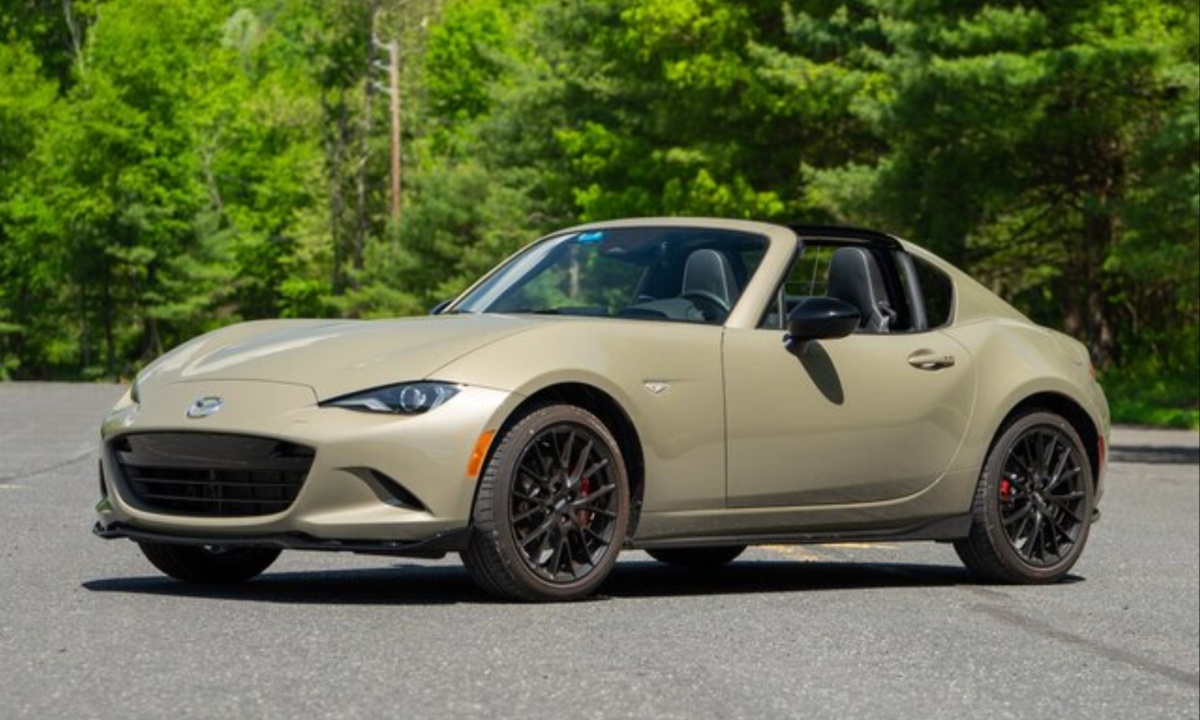
1. Mazda MX-5 Miata (ND)
The Mazda MX-5 Miata ND stands as a modern icon in enthusiast driving, and much of its reputation rests on the brilliance of its six-speed manual transmission. From the very first shift, the ND’s gearbox communicates a sense of purpose and polish. The throws are short—almost surgically precise—offering just enough resistance to feel deliberate without becoming obstructive.
What sets the ND’s shifter apart isn’t just its mechanical engagement, but its uncanny ability to make shifting feel joyful. Every slot into gear is met with a crisp, satisfying click that assures the driver of a solid connection. The shifter feels light yet substantial, engineered for both tactile feedback and a whisper of mechanical drama.
Mazda engineers achieved this sensation by mounting the shifter directly to the transmission case, eliminating much of the play found in cable-operated or remote-linkage designs. As a result, there’s an intimacy to the shift feel that’s rare in modern cars, especially ones at this price point. The benefit is not just one of feedback but also of rhythm.
The gearbox pairs perfectly with the Miata’s rev-happy 2.0-liter four-cylinder engine, enabling smooth rev-matched downshifts and buttery upshifts that never feel rushed. Even under spirited driving, the gearbox responds with poise. There’s a natural cadence that develops between the clutch and gear lever—one that invites the driver to get into a flow with the car, rather than wrestle it into submission.
Where some modern cars opt for numb or over-insulated transmissions in the name of refinement, the ND Miata proudly keeps its manual old-school in feel while still offering modern reliability. It’s a transmission that asks to be used, encourages finesse, and rewards attention.
Whether you’re carving through mountain roads or navigating dense city traffic, the ND’s gearbox transforms even routine drives into something engaging. It’s proof that you don’t need massive power or wild performance to have fun—you just need a gearbox that talks back to you in all the right ways.
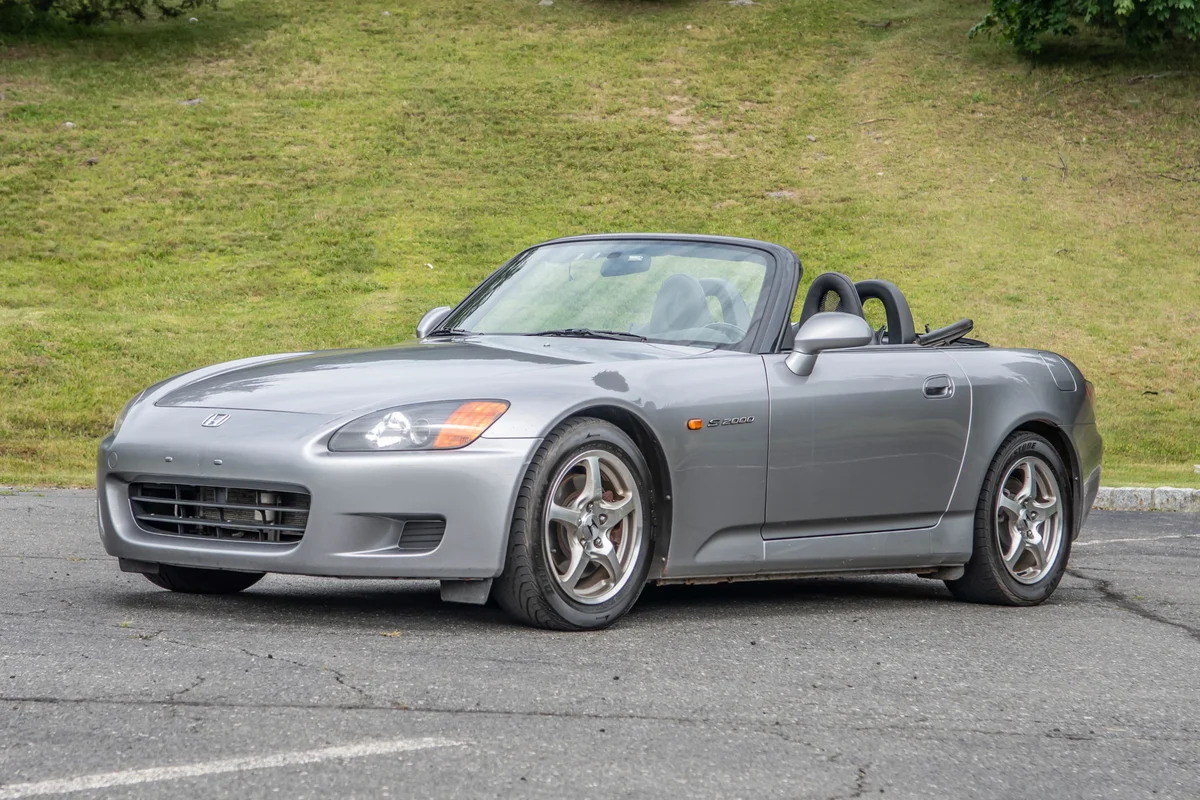
2. Honda S2000
The Honda S2000, especially the early AP1 models, is widely hailed as one of the most driver-focused cars ever produced, and its six-speed manual transmission is central to that acclaim. Right out of the gate, the S2000’s gearbox feels like a masterpiece of Japanese engineering.
It offers ultra-short throws—some of the shortest in any production car—and engagement so crisp, it practically dares you to shift at every opportunity. Each shift is an event: the lever slides into place with millimeter-perfect precision, the gates are tightly defined, and the mechanical “snick-snick” sound is as iconic as the car itself. There’s a purity to the operation that feels almost race-inspired, yet it’s never overly aggressive or difficult to master.
The reason the S2000’s gearbox feels so special is largely due to its direct-mount shifter and close-ratio design, which make it feel like an extension of your hand. When paired with the high-revving F20C engine that screams to 9,000 RPM, the gearbox becomes a tool for unleashing controlled fury.
Each upshift slices through the rev range without hesitation, and downshifts are immediate and clean, aided by a responsive throttle and light, well-weighted clutch. This transmission doesn’t just respond to your inputs—it encourages precision. It rewards drivers who know how to heel-toe, rev-match, and maintain mechanical sympathy. And yet, even novices will find it forgiving enough to learn on, as long as they respect its performance-oriented nature.
Driving an S2000 isn’t just about speed—it’s about feeling connected to the machine in a way that few other cars allow. The gearbox plays a starring role in that connection. It doesn’t isolate you from the drivetrain—it brings you closer.
That feeling of positive engagement, that tactile feedback through the lever, and that willingness to play, even when you’re just shifting into third gear on a city street—that’s the kind of magic this transmission offers. In a world full of paddle shifters and dual-clutch units, the Honda S2000’s six-speed is a high-water mark for the manual gearbox, and it’s a joy to experience every time.

3. Porsche 911 (991/992 Generations)
Porsche’s engineering legacy is rich with innovation and attention to detail, and nowhere is that more apparent than in the manual gearboxes found in the 991 and 992 generations of the 911. These aren’t lightweight, barebones transmissions—they’re sophisticated, perfectly calibrated, and refined to the point of artistry.
The seven-speed manual introduced in the 991 initially raised eyebrows, but Porsche managed to defy expectations by delivering a shifter that felt intuitive and rewarding. By the time the 992 arrived, the gearbox had been further improved, and what remains is a slick, mechanical unit that matches the 911’s grand touring-meets-track-car personality. Shifts are deliberate and met with distinct tactile feedback, reinforcing the idea that every action behind the wheel has purpose.
One of the marvels of this transmission is how effortlessly it integrates into the 911’s character. The clutch take-up is smooth yet communicative, providing a strong sense of bite without being abrupt. The gearbox gates are wide but defined, giving each shift a confident feel.
Even with seven forward gears, there’s no awkward guessing game or fumbling around the H-pattern. The lever moves with precision, and there’s just enough resistance to remind you that you’re dealing with a serious performance machine. Whether you’re powering out of a tight hairpin or settling into a high-speed cruise, the transmission supports every type of driving with clarity and poise.
Moreover, this gearbox reflects Porsche’s commitment to maintaining a connection with enthusiasts, even as technology pushes toward autonomy and automation. Many buyers actively choose the manual over the PDK dual-clutch, not because it’s faster, but because it’s more engaging.
And the 911 delivers that engagement in spades. You feel the weight of the gears slotting into place, the slight vibration of the drivetrain through the shifter, and the orchestration of clutch, revs, and road speed aligning perfectly in your hands. In an increasingly digitized world, Porsche’s manual reminds you what analog joy feels like.
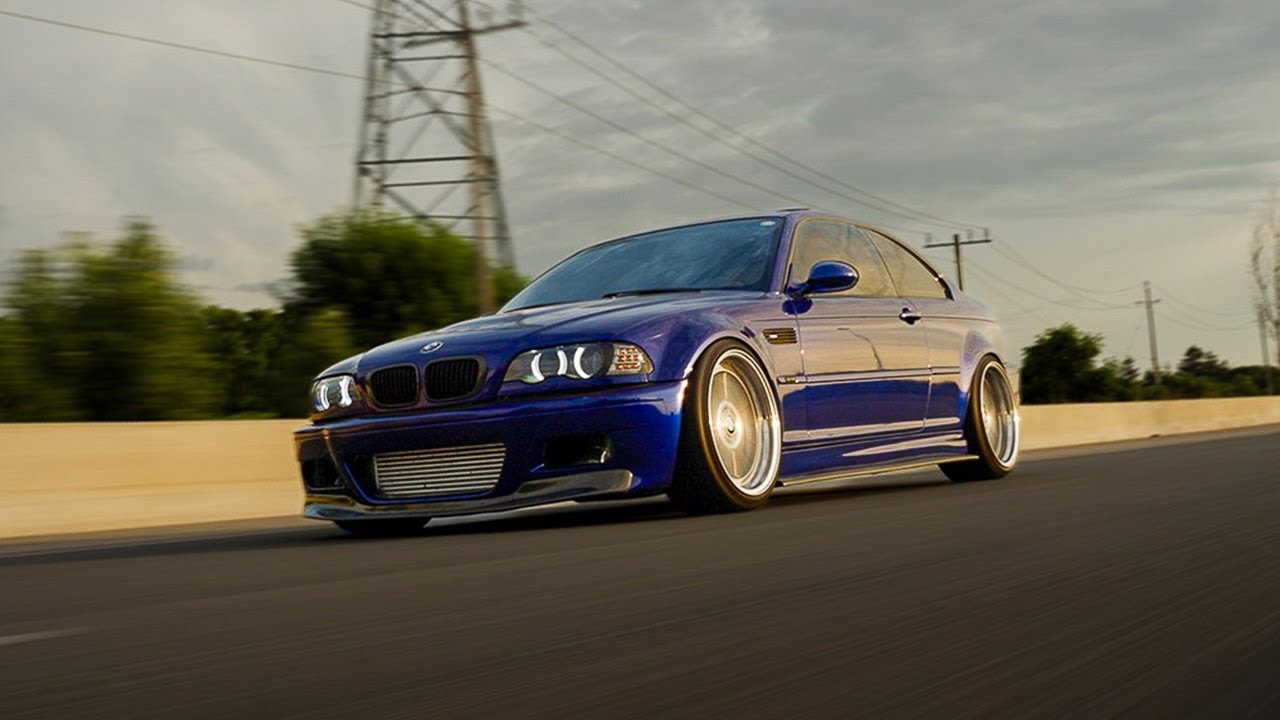
4. BMW E46 M3
The BMW E46 M3’s six-speed manual gearbox may not be the absolute shortest or lightest in operation, but it is a transmission that delivers a sense of mechanical honesty and precision rarely found in modern BMWs. Paired with the legendary S54 inline-six engine, which revs to a glorious 8,000 RPM, the gearbox acts as a translator between raw power and refined control.
Each shift requires deliberate motion, but in return, it offers a gratifying engagement that resonates through your fingertips. It’s not a transmission you can lazily flick through—it demands attention and involvement, which is precisely what makes it so rewarding to use.
The shifter action is tight without being restrictive, and there’s a tangible sense of inertia and heft in every movement. This mechanical feedback is further emphasized by the substantial clutch, which bites hard but predictably, giving the driver full control during aggressive downshifts or rapid acceleration.
The shift gates are well spaced and clearly defined, and the ratios are close enough to keep the engine in its power band without constant rowing. There’s a rhythm to the E46 M3’s gearbox that matches the car’s dual personality: part refined executive coupe, part aggressive street fighter. Once you find that rhythm, every drive becomes an experience in controlled chaos.
Unlike later M models that trended toward softening the manual experience or replacing it entirely with automated manuals, the E46 remains a bastion of old-school engineering. It’s a car that asks you to commit, to be present, to respect the mechanical nature of driving.
And in return, it gives back one of the most involving and satisfying manual experiences of its era. Whether on a twisty canyon road, a racetrack, or even a spirited backroad blast, the E46 M3’s gearbox holds up as one of the finest performance transmissions to ever come out of Munich.

5. Ford Mustang GT (MT-82, Post-2018 Revision)
The Ford Mustang GT’s six-speed MT-82 transmission has had a turbulent history among enthusiasts, but starting in 2018, major revisions elevated it from a point of contention to one of genuine satisfaction. The upgraded MT-82 now features stronger synchros, improved shift forks, and enhanced engagement feel, all of which contribute to a gearbox that no longer feels like a weak link in the Mustang’s performance equation.
It’s not the most refined transmission on this list, but it brings a sense of muscle and drama to shifting that fits the character of the car beautifully. Shifts are now more defined, with a solid, mechanical click that reassures the driver with each gear change.
Unlike the razor-sharp precision of a Miata or S2000, the Mustang’s gearbox offers a meatier, more substantial feel. The throws are longer, but they’re accompanied by a strong sense of engagement that adds to the visceral appeal of the car. You feel the gears connect through the lever, and that connection enhances the sense of control, especially important in a car pushing 450+ horsepower.
The clutch, too, is much improved in the revised models, offering smoother take-up and better modulation. As a result, high-speed downshifts, drag strip launches, or simple daily drives are all executed with far greater confidence than before.
While some may still opt for the 10-speed automatic for outright performance numbers, enthusiasts who value engagement will find the updated MT-82 immensely satisfying. It’s not trying to be delicate or surgical; it’s trying to channel the energy of a V8 muscle car through your right hand and left foot.
That mission, finally realized in the post-2018 revisions, makes this transmission one of the most improved and most enjoyable in its class. It’s a lesson in how thoughtful engineering changes can transform a car from frustrating to fulfilling, all through the interface of a better gearbox.
5 Gearboxes That Feel Vague

1. Subaru WRX (Pre-2022 Models)
The Subaru WRX, despite its rally-bred pedigree and strong enthusiast following, has long suffered from a manual transmission that falls short in terms of tactile satisfaction. The five- and six-speed gearboxes found in pre-2022 WRX models, especially from the VA generation (2015–2021), are often criticized for their vague engagement and rubbery throw feel.
The shifter lacks a defined “gate” feel, meaning the transitions feel loose, spongy, and imprecise instead of each gear change being met with a clear mechanical click. The sensation is particularly noticeable during aggressive driving or spirited cornering, where confidence in gear selection is crucial. Unfortunately, the WRX’s gearbox often leaves the driver second-guessing their input.
This vagueness can be attributed to several design decisions. The shifter is remotely mounted and runs through a series of linkages and bushings, which introduces slop and delay between hand motion and gear engagement. Add to that soft rubber bushings, a long shift rod, and cable stretching over time, and the result is a transmission that lacks feedback and feels disconnected.
There’s no crisp resistance or satisfying notch when a gear is selected—instead, it’s more like the lever is swimming through fluid. Even in ideal conditions, it can feel uncertain, and when cold, the gearbox often becomes stubborn, particularly in the 1st-to-2nd shift, adding to the frustration. Subaru has long prioritized all-weather traction and engine character, but shift feel has not been top of mind.
Many WRX owners resort to aftermarket solutions such as short shifter kits, solid bushings, or upgraded shift linkages to recover some precision, and these modifications can help significantly. However, the fact that they’re often necessary speaks to a missed opportunity from the factory.
In a car that encourages enthusiastic driving and is positioned as a performance alternative to hot hatches and small sports cars, the gearbox should be one of its strong points, not a compromise. The WRX’s drivetrain, especially in pre-2022 form, feels like it’s on the cusp of greatness but restrained by a vague and underwhelming gear selection experience.

2. Toyota Corolla (Older Manual Versions)
The Toyota Corolla has never pretended to be a performance vehicle, and that reality is most apparent in the way its manual transmission behaves. Older Corolla models with five-speed and six-speed manuals are examples of utilitarian design taking precedence over driver engagement.
The gearshift in these cars is functional—yes, it works—but it delivers minimal tactile reward. The throws are long and wide, the gates poorly defined, and the lever feels as though it’s operating a cable system buried beneath a stack of insulation. There’s almost no sensation of mechanical engagement; instead, each gear change feels like nudging a dull, spring-loaded lever through a neutral zone with no firm “click” or sense of completion.
The detachment comes not just from vague linkage but from a lack of resistance. In many older Corollas, the shifter seems to glide through its motions with little physical feedback. This can create uncertainty during quick shifts, particularly for new drivers, because it’s difficult to know exactly when a gear is fully engaged.
The clutch doesn’t help much either, often featuring a vague, light pedal feel that lacks a strong engagement point. It’s easy to miss shifts or over-rev the engine when transitioning between gears unless you’re being excessively careful. The sensation is more akin to operating an appliance than driving a vehicle, which aligns with the Corolla’s reputation for being transportation first and fun last.
Despite all this, the Corolla’s gearbox does have one redeeming quality: its durability. Toyota built these transmissions to withstand years of abuse, and they rarely fail mechanically. But the trade-off for that longevity is a numb, uninspiring shift experience that discourages any sense of spirited driving.
In a world where even budget-conscious compact cars like the Honda Civic and Mazda3 offer surprisingly enjoyable manuals, the Corolla’s old-school stick shift feels outclassed. It doesn’t ruin the car, but it does underscore its role as a commuter appliance rather than a driver’s car. That may be fine for most buyers, but for enthusiasts, it’s a deal-breaker.
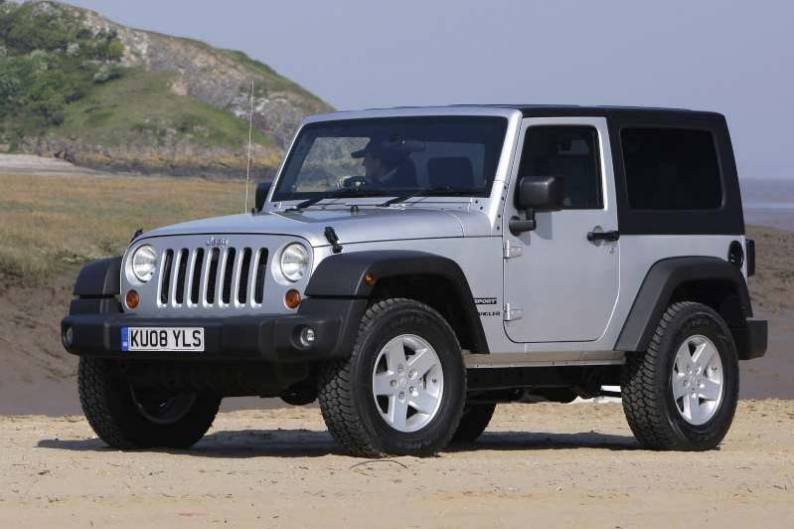
3. Jeep Wrangler JK (6-Speed Manual)
The Jeep Wrangler JK generation (2007–2018) holds a special place in the hearts of off-road enthusiasts, but one of its weakest components, especially for those who enjoy driving manuals, is its six-speed transmission. Known for its agricultural feel, the JK’s gearbox exhibits vague engagement, a rubbery throw, and a general sense of mechanical indifference.
The shifter’s movements are long and often undefined, with gear gates that feel like suggestions rather than precise channels. For a vehicle that’s marketed as rugged and capable, the transmission feels anything but confident. On-road, it requires more patience than finesse, and off-road, it does the job but lacks any satisfying feedback.
One of the biggest issues with the JK’s gearbox is its inconsistent resistance. First gear often resists engagement, especially when cold, and reverse can feel like an afterthought entirely—hard to find and harder to engage smoothly. The shift lever wobbles even while in gear, and there’s a pervasive sensation that you’re not entirely in control of what’s happening beneath you.
Much of this comes from the use of soft bushings and a long shifter design, necessary due to the Wrangler’s tall center console and unique body-on-frame configuration. But these design compromises translate into a driving experience that feels dated and disconnected, even when compared to older body-on-frame trucks.
To be fair, the Wrangler isn’t trying to be a sports car or even a refined daily driver. It’s built for slow-speed crawling and rugged terrain, where precise shifter feel is less important than durability. In that context, the vague gearbox might be excusable.
But for anyone who spends significant time on paved roads or uses the Wrangler as a daily driver, the vague, clunky transmission becomes a daily annoyance. It’s one of the few parts of the Wrangler that can make even the simplest drives feel awkward. It might survive a rocky trail, but it doesn’t survive scrutiny as an enjoyable or rewarding manual gearbox.
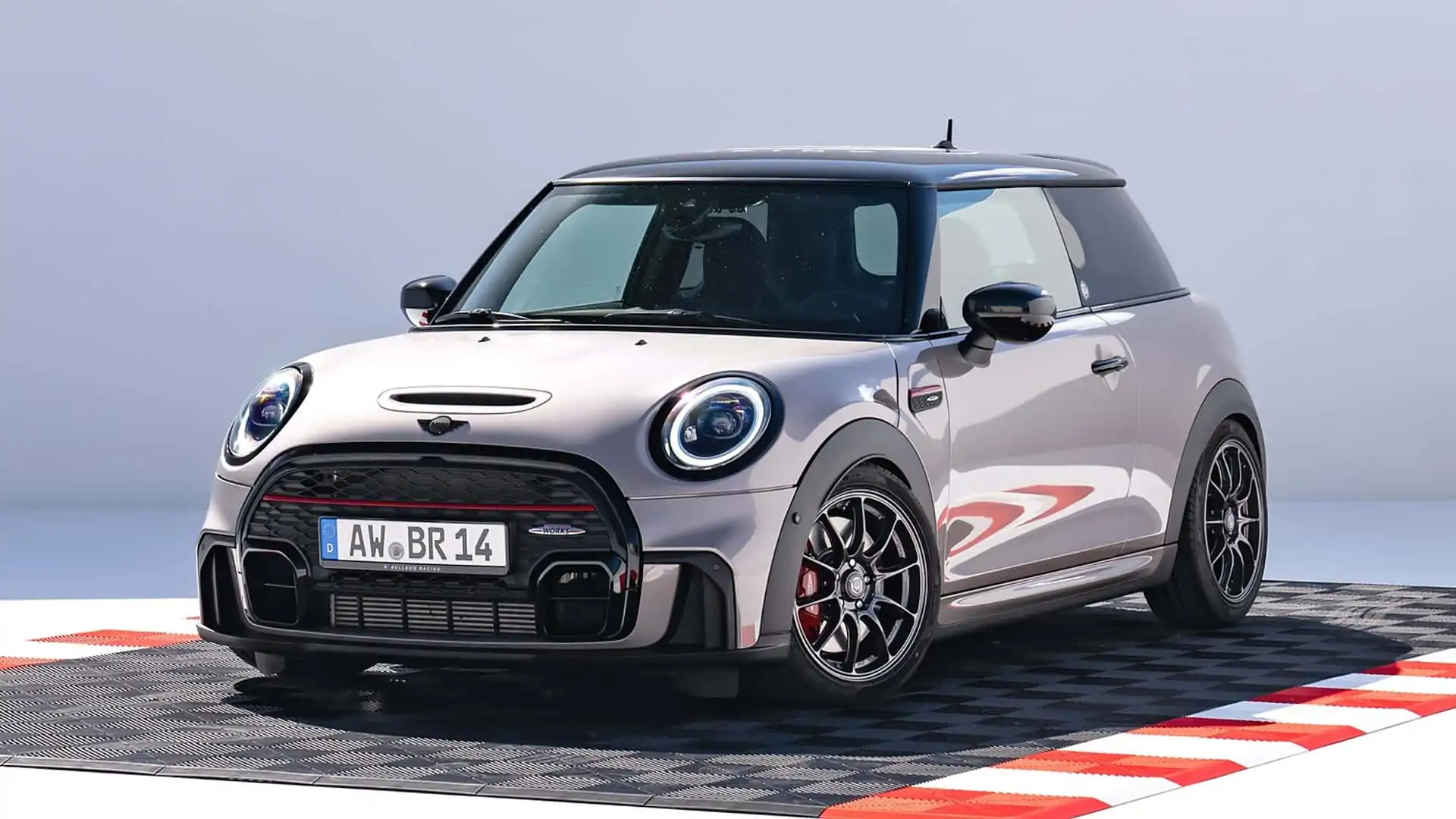
4. Mini Cooper S (R56 Manual)
The Mini Cooper S R56 (2007–2013) offers a thrilling driving experience wrapped in a playful, hot-hatch body—but unfortunately, its manual transmission fails to fully deliver on that promise. On paper, it’s everything you’d want in a sporty gearbox: six speeds, compact size, and a turbocharged engine begging for quick gear changes.
But in practice, the R56’s shifter is let down by vague gates and an overly elastic feel that can undermine the driver’s sense of confidence. The lever often feels like it’s spring-loaded rather than mechanically connected, and there’s a lack of precise feedback that makes spirited driving less satisfying than it should be.
This disconnected feel is exacerbated by uneven resistance across the gear pattern. Shifts from second to third are particularly prone to hesitation, especially under load or during quick transitions. The linkage seems to resist fast movements, and the gates are not cleanly delineated, leading to the occasional missed or sloppy shift.
Over time, as bushings wear and the plastic components degrade, the problem worsens, leaving drivers with a gearbox that feels increasingly vague and uncooperative. Given the performance potential of the Mini and its sharp chassis tuning, the underwhelming gearbox becomes a noticeable weak point, especially for enthusiasts who expect better in a “driver’s car.”
Despite these shortcomings, the R56 remains fun to drive—but largely despite the gearbox, not because of it. Many owners turn to aftermarket short shifters or metal bushings to firm up the feel, and while those improvements can help, they also highlight just how much the stock setup is lacking.
It’s clear that BMW (Mini’s parent company) invested heavily in engine performance and styling, but the gearbox feels like a cost-saving compromise. It detracts from the cohesiveness of the car’s driving dynamics and leaves the driver with a nagging sense that the tactile joy of manual shifting was left on the table.
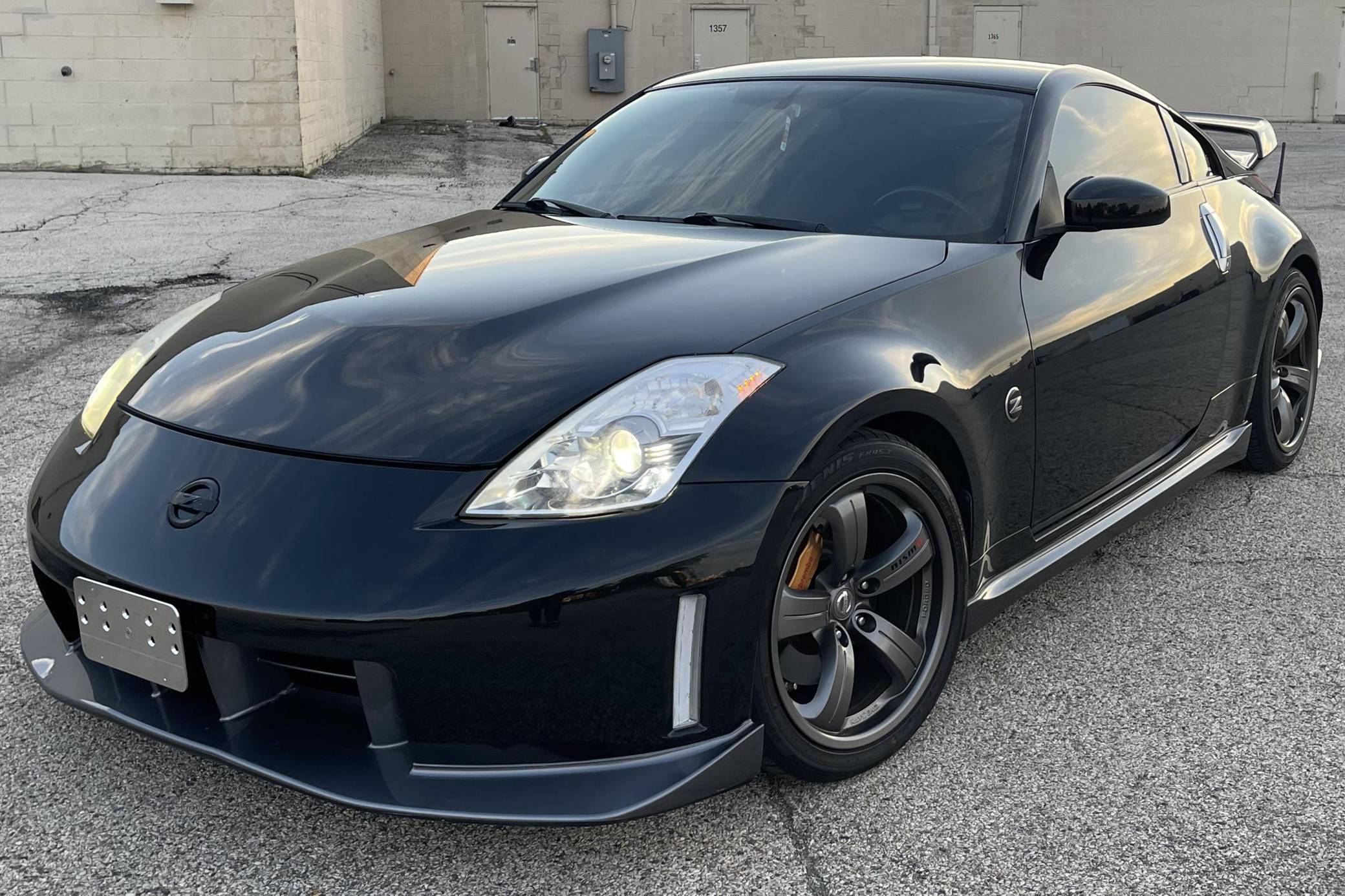
5. Nissan 350Z (Early Models)
The Nissan 350Z made waves when it launched in the early 2000s, bringing rear-wheel drive performance and aggressive styling to a market hungry for Japanese sports cars. But while its engine and handling garnered praise, the six-speed manual transmission, particularly in early models, garnered far more mixed reviews.
At a glance, the gearbox seems promising, with tight ratios and a sturdy feel. But in practice, it often feels stubborn, clunky, and unrefined. Shifts are notchy, engagement is unpredictable, and the whole operation lacks the kind of tactile precision you’d expect in a performance car. It’s a transmission that feels like it’s working against you, rather than with you.
Cold performance is particularly poor. The synchros in early 350Zs are notoriously weak, and gear engagement, especially between first and second, is often difficult until the car warms up. Even then, the throws feel inconsistent, and the lever seems to vibrate or resist in unexpected ways.
The clutch is relatively heavy but lacks clear feedback at the bite point, making smooth starts and precise downshifts more difficult than they should be. During hard driving, missed shifts or crunches aren’t uncommon, and many drivers find themselves double-clutching just to smooth out transitions that should be seamless. It all adds up to a driving experience that can feel awkward and unrewarding.
These issues aren’t insurmountable—later models saw minor improvements, and aftermarket upgrades can vastly improve the gearbox feel. Still, it’s disappointing that a car so focused on performance came with a transmission that didn’t live up to the rest of the package.
When compared to rivals like the Honda S2000 or even the RX-8, the 350Z’s gearbox feels agricultural and underdeveloped. For enthusiasts who care about driving feel, the early 350Z manual can be a deal-breaker. It’s not that the car isn’t fun—it is—but the vague, clunky transmission is a constant reminder that Nissan left something on the table when it came to driver involvement.
Also Read: 10 Best Vehicles for Rural Postal Workers That Prove Their Utility
The manual gearbox is far more than a simple mechanical necessity—it’s a defining feature of driver involvement. In the cars that get it right, it becomes a centerpiece of the experience, something you look forward to using every time you get behind the wheel.
These satisfying gearboxes don’t just perform well under pressure—they communicate, engage, and elevate the relationship between driver and machine. You feel each gear as it clicks into place, you sense the bite of the clutch, and you learn the cadence of the car’s unique rhythm. It becomes intuitive, almost second nature. The best manual transmissions blend engineering precision with emotional reward, creating a feedback loop that’s hard to replicate with any other system.
From the featherlight precision of the Mazda MX-5 ND to the raw mechanical engagement of the Honda S2000 and the robust refinement of the Porsche 911, each great gearbox has its own character. Some are delicate and flickable, others feel muscular and deliberate, but all share a fundamental commitment to driver satisfaction.
They remind us that the act of changing gears can be more than functional—it can be fun. These transmissions invite the driver to be part of the car’s inner workings, making every shift a conversation rather than a command. They’re not perfect because they shift quickly or smoothly alone, but because they do so with feedback, consistency, and joy.
On the flip side, a vague gearbox creates a wedge between the driver and the car. The inconsistency in shift feel, the uncertainty of gate positioning, or the overly soft detents introduce a layer of hesitation that dampens the driving experience. Gearboxes like those found in older WRX models, the Jeep Wrangler JK, or the early Nissan 350Z prove that even performance-focused vehicles can be undermined by poor manual feel.
These transmissions work, yes—but they don’t communicate. They turn what should be a mechanical bond into an awkward guessing game. In the worst cases, they discourage spirited driving altogether, which is antithetical to what a manual transmission should do.
And that’s the crux of it: a manual transmission is supposed to be interactive. It’s supposed to require your input, reward your attention, and reflect your intent. When it’s vague, it introduces friction, not just mechanically, but emotionally. When it’s sharp and rewarding, it enhances every element of the drive, making even mundane routes feel meaningful.
The divide between a great and a poor manual gearbox can be subtle in numbers but is massive in feeling. This is what separates a tool you use from an experience you remember.
As the automotive world continues to shift toward electrification and automation, the manual gearbox becomes an increasingly rare commodity. But it also becomes more cherished by those who understand its appeal. It’s not just about being faster—it’s about being more connected.
So when you find a car with a truly satisfying gearbox, appreciate it. And when you come across one that doesn’t quite measure up, remember that even in imperfection, there’s value in knowing what great feels like. Because once you’ve experienced the best, you’ll never settle for vague again.
